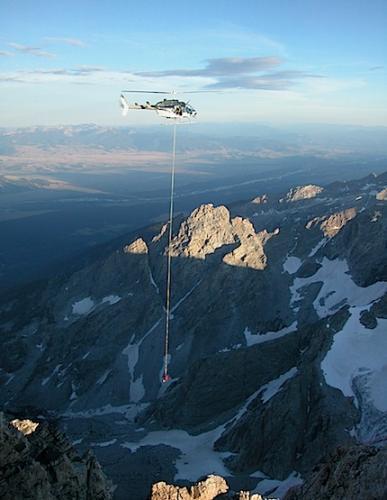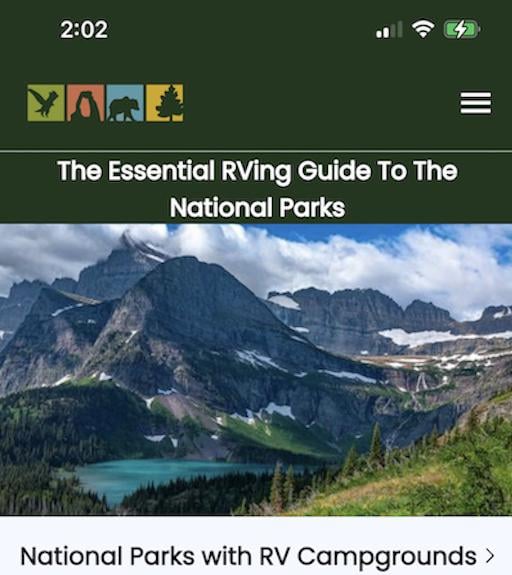Search-and-rescue missions in the National Park System in 2012 cost the agency nearly $5.2 million, and in many cases the individuals spurring the rescues were ill-prepared or out of shape.
The greatest "contributing factor" to people getting in trouble, according to the 2012 NPS National Search and Rescue Report report, was fatigue or poor physical condition. Those factors were cited in 892 of the missions. Not far behind was "insufficient information or error in judgment," which was pegged to 735 of the incidents, and then came missions in which the subjects either had insufficient equipment, clothing, or experience (524 instances).
According to the report, one-third of the 2,876 seach-and-rescue missions arose on weekends. Weekends proved to be the most incident-spurring days in the parks last year, with 506 missions launched on Saturdays and 469 on Sundays. The safest day appears to be Tuesday, as there were just 278 missions on those days in 2012.
Park Service officials hope to lower the number of SARs through visitor education.
"A new effort led by the Office of Risk Management's Public Risk Management Program in collaboration with parks to expand the preventive search and rescue programs around the NPS, we believe, will have direct impact on reducing the need for SAR responses," said Sara B. Newman, the acting chief of the agency's Office of Risk Management.
The annual report offers a trove of information:
* Men were more likely to get themselves in trouble than women (2,240 vs. 1,329).
* SAR subjects in 19 percent of the missions were between the ages of 20 and 29.
* Far and away (in 2,465 of the missions), the subjects were found within 24 hours of help being summoned, according to the report. There were, however, at least 14 cases when the individual wasn't found. And while you're urged to stay in one position once you realize you're lost or need help, in nearly 1,000 missions the subjects moved at least one mile, and in 15 cases more than 20 miles, from where they were last seen.
* What activity most likely will get you in trouble in the parks? Day hiking. During 2012 there were 1,817 SARs involving day hikers, or 43.3 percent of the 2,876 total. While 1,127 of those incidents ended without injury to the hiker, there were 26 hiking-related fatalities, the report notes.
The next most-dangerous activity involved water. There were 401 missions tied to motorized boating incidents, and 385 incidents involved swimmers. Swimming incidents also accounted for 34 of the 148 reported fatalities.
* Twenty-eight people decided to kill themselves in a park setting in 2012, and 16 succeeded, the report notes.
* Of the $5.2 million tab run up by the missions, the bulk -- $2.8 million -- was linked to personnel costs. Those personnel, by the way, spent 92,732 hours on missions.
Wondering which area of the park system you're most likely to get in trouble in? That would be the Intermountain Region, which reported 1,037 SAR missions last year. That number no doubt relates both to the rugged and expansive parks -- Yellowstone, Glacier, Grand Teton, Grand Canyon, Big Bend, and Rocky Mountain, for example -- in the region, as well as the fact that the Intermountain Region contains more units of the park system than any other region, with 91 units.
Coming up second in SARs was the Pacific West Region, which counts at least 59 units, with 884 incidents.
Interestingly, in just four cases were personal locator beacons responsible for a lost person being found, according to the report.




Comments
Kurt has an absolute point! DH read a story not so long ago about a couple of 'idjits' who used the emergency beacon because they were out of water & wanted more. They were severely chastised to say the least when SAR showed up. They later used the beacon to 'summon' a chopper because they 'didn't want to walk back' as they were 'too tired'. They did this TWICE as SAR showed up on foot after their call 'for a chopper'. They were escorted out (on foot) after the third alert & promptly arrested.